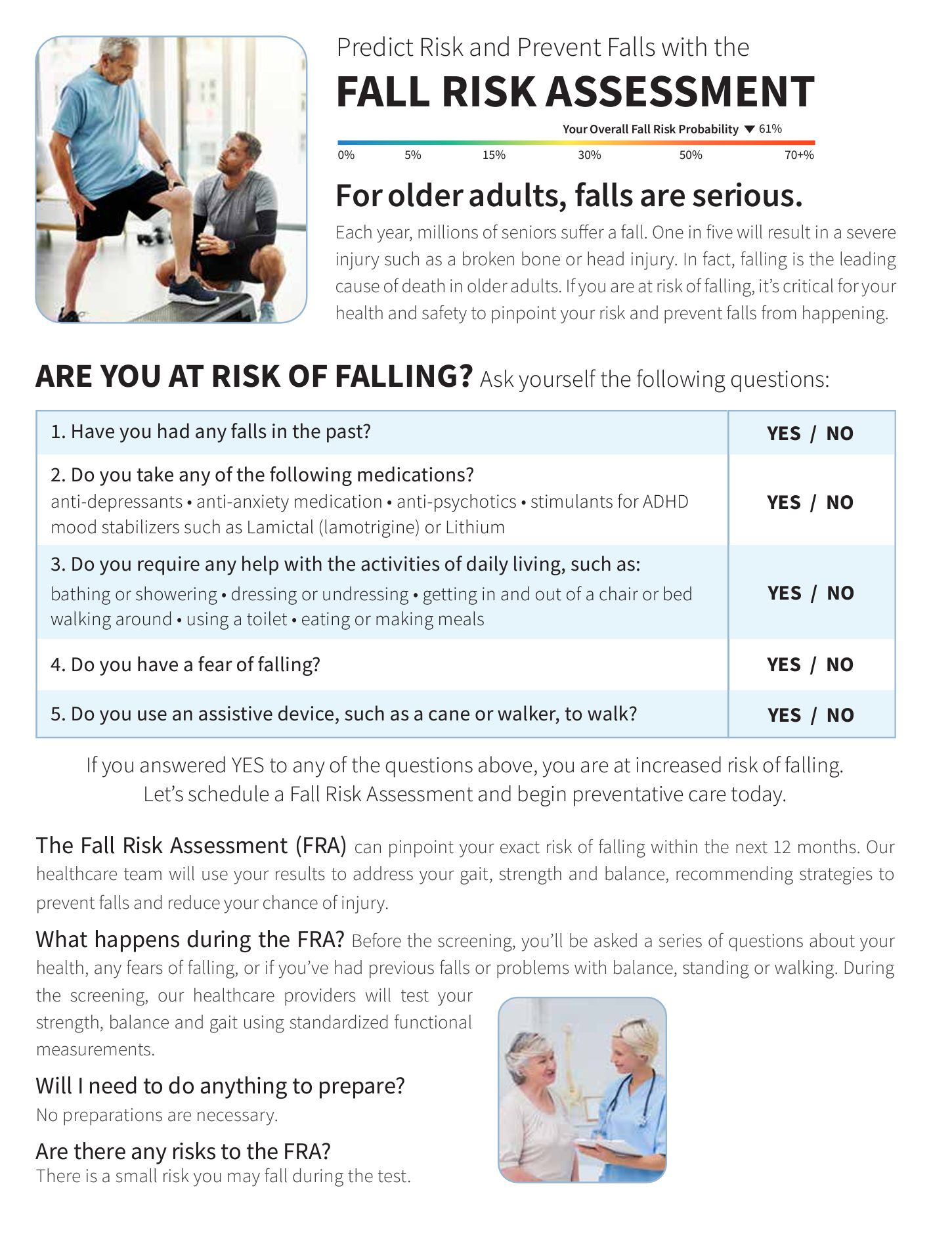Rumored Buzz on Dementia Fall Risk
More About Dementia Fall Risk
Table of ContentsDementia Fall Risk Can Be Fun For EveryoneNot known Details About Dementia Fall Risk Getting The Dementia Fall Risk To WorkThe 6-Minute Rule for Dementia Fall RiskThe 30-Second Trick For Dementia Fall Risk
You may be worried since you have actually had an autumn before or since you've seen you're starting to really feel unsteady on your feet. You could have discovered changes to your health and wellness, or just seem like you're reducing a little. Whatever the factor, it isn't unusual to end up being cautious and lose self-confidence, and this can stop you doing things you used to do and make you really feel more separated.If you have actually had an autumn or you have actually started to really feel unstable, tell your medical professional even if you really feel great otherwise. Your medical professional can check your balance and the means you walk to see if enhancements can be made. They might be able to refer you for a drops threat assessment or to the drops avoidance service.
This details can be gotten through interviews with the person, their caregivers, and an evaluation of their clinical documents. Begin by asking the individual regarding their background of drops, including the frequency and conditions of any recent drops. Dementia Fall Risk. Inquire concerning any movement troubles they might experience, such as unsteady or problem walking
Conduct an extensive testimonial of the individual's drugs, paying certain attention to those understood to increase the danger of drops, such as sedatives or medications that reduced blood pressure. Establish if they are taking numerous medications or if there have been recent modifications in their medicine program. Review the person's home setting for possible hazards that could increase the risk of falls, such as bad illumination, loose rugs, or lack of grab bars in the restroom.
Not known Facts About Dementia Fall Risk
Guide the person via the autumn risk assessment form, discussing each question and recording their responses properly. Make sure that the private comprehends the purpose of the evaluation and feels comfy supplying truthful answers. Compute the overall risk rating based on the feedbacks supplied in the evaluation kind. Identify the individual's danger category (reduced, medium, or high) based upon the total rating and the existence of automated high-risk standing aspects.
Consistently monitor the individual's development and reassess their threat of drops as required. Provide ongoing education and support to promote security and minimize the threat of drops in their day-to-day living tasks.
Lots of research studies have actually shown that physical therapy can help to reduce the risk of dropping in grownups ages 65 and older. In a brand-new research study (that checked out falls risk in women ages 80 and older), scientists computed the financial effect of choosing physical treatment to avoid drops, and visite site they discovered that doing so saves $2,144, including all the surprise prices of your time, discomfort, missed life occasions, and the bucks paid for services.
The Ultimate Guide To Dementia Fall Risk
Evaluating your equilibrium, toughness, and walking capability. A home safety and security evaluation. Based on the examination results, your physical therapist will create a strategy that is tailored to your certain demands.
Older adults who have problem strolling and talking at the exact same time go to a greater risk of falling. Dementia Fall Risk. To assist raise your safety during everyday tasks, your physiotherapist may develop a training program that will certainly test you to maintain standing and walking while you do one more task. Instances consist of strolling or standing while counting in reverse, having a conversation, or carrying a bag of groceries
Establish objectives for raising their physical task. Work out extra to raise their strength and equilibrium. These programs commonly are led by volunteer trains.
Dementia Fall Risk - Questions

Measles, or rubeola, is a highly contagious, acute viral transmittable condition created by the measles infection. Some people think about measles as just a breakout and high temperature that removes up in a few days; however, measles can cause major health and wellness problems, especially in youngsters more youthful than 5-years-old. The very best protection versus measles is the measles, mumps, and rubella (MMR) vaccination.
Autumns are a common reason for injury amongst older adults. According to the CDC, in one year alone, fall-related injuries added to over $50 billion in clinical costs (Dementia Fall Risk). In hospital setups, older adults go to specifically high danger of drops since their decreased mobility from being constrained to a space or bed.
The Best Guide To Dementia Fall Risk

She has a clinical background of seizure disorder and hypertension. She is obtaining an IV infusion and taking Gabapentin and Lasix. She has no background of falls, her stride is consistent, and she voids without any problems. The previous registered nurse states that she calls for help to the washroom when she needs to go.
Instances of usual fall interventions/measures include: Making sure a person's vital products are available. Placing the patient's bed rails up with the alarm on. Assisting a client while they're obtaining up from bed. Past recognizing just how to make use of the Johns webpage Hopkins Fall Risk Assessment Tool, it's essential that facilities integrate its use into a much more detailed autumn avoidance plan.